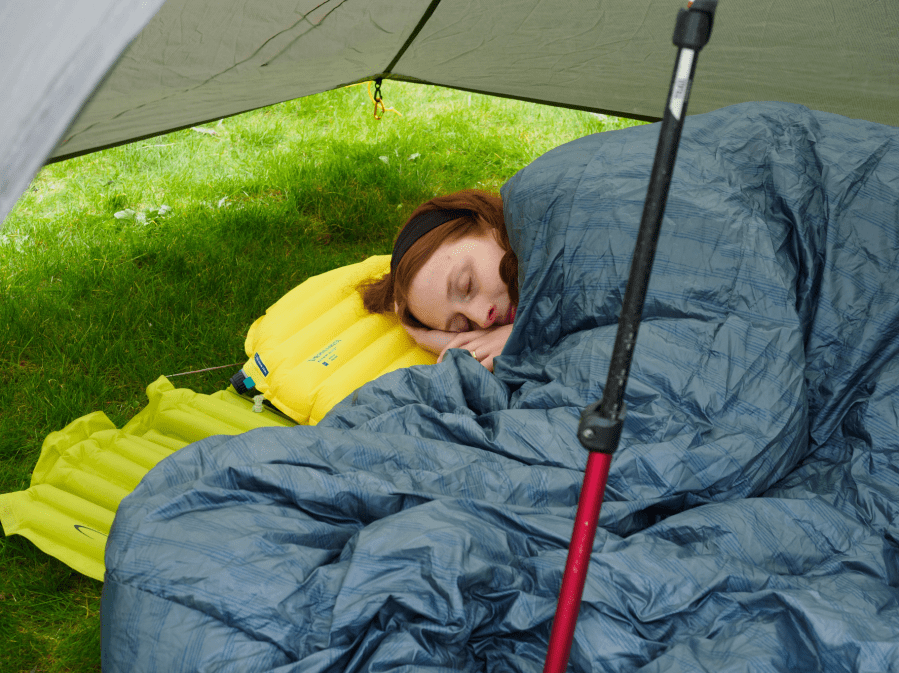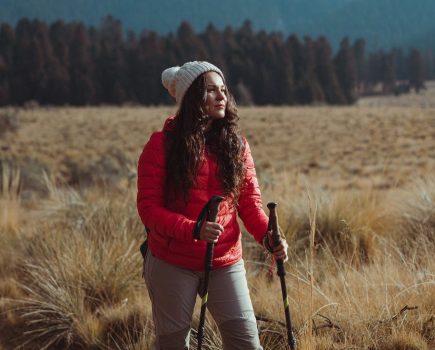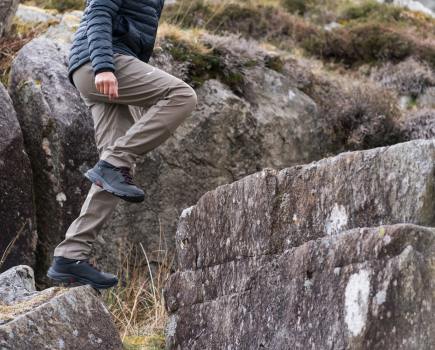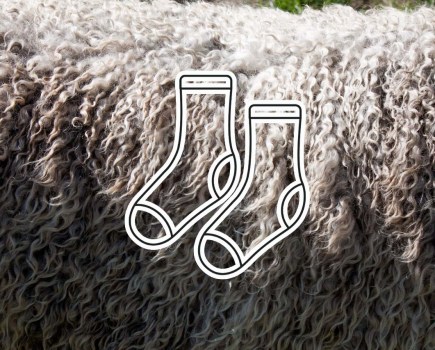The thing nobody seems to tell you about backpacking is that sleeping is actually the hard part. You’ve carried your gear to the top of the hill, enjoyed the sunset, and replenished calories burned. And a few hours later, chances are that you’re sleeping fitfully – maybe due to being uncomfortable, too hot or cold, or disturbed by nighttime noises. Even long-distance walkers might find themselves struggling to sleep well after a week or more on the trail. So, what can you do to stack the odds in your favour and finally drift off into a backpacking dreamland? Here’s some hard-won advice on how to sleep well while backpacking.
Sleep well while backpacking: what we’ll cover
- Sleep systems
- Sleep clothing
- Shelter
- Tips and tricks for sleeping well in camp
- Tips and tricks for sleeping well in bothies and alpine huts
- Tips and tricks for sleeping well while bivvying
Sleep systems
Mat
Insulation is compressed underneath you, but a sleeping mat will insulate you from cold ground. For summer use, look for a lightweight inflatable or self-inflating mat. Thicker mats are more comfortable for side-sleepers, and self-inflating mats are a bit heavier but tend to insulate better.
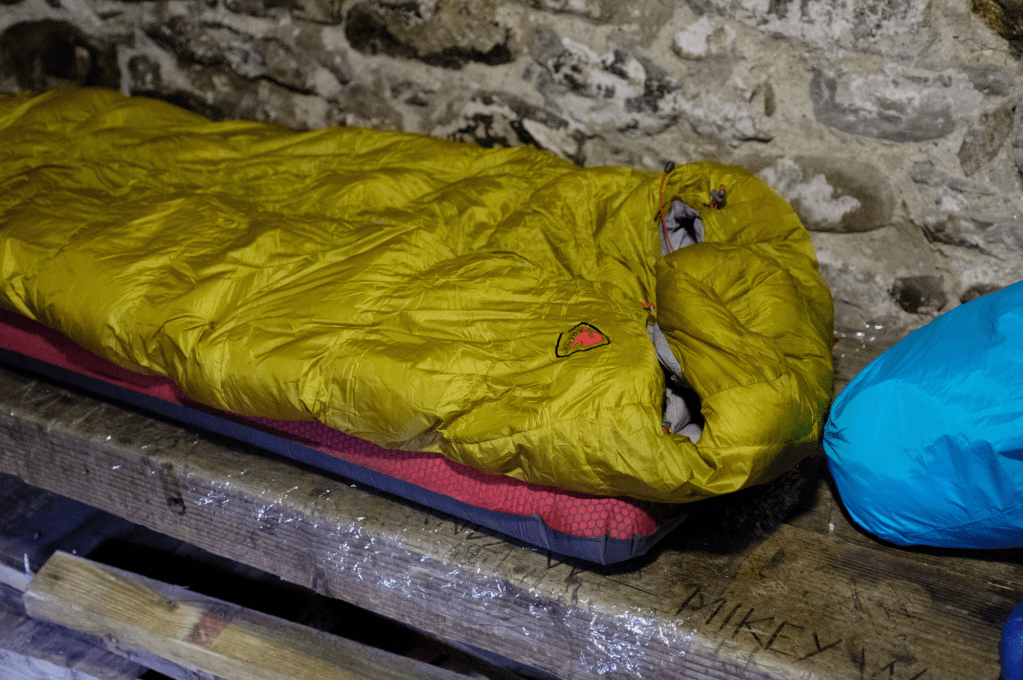
Thick insulated inflatable mats are great for winter use, or for comfort at all times of year. Credit: Alex Roddie
If sleeping on hard surfaces (such as a bothy floor) you may need a softer and/or thicker mat. In winter, a much warmer mat is needed, especially if camping on snow. Consider a thicker mat with down or synthetic insulation.
Closed-cell foam (CCF) mats are warm and lightweight, but bulkier and less comfortable. Avoid CCF if you’re a side sleeper – although wise site selection can help. Look for soft leaf litter or moss to improve comfort. Layering CCF beneath an inflatable can be great for occasional winter use.
Insulation
A sleeping bag is the most versatile choice, and warmth is the important factor – but temperature ratings are only a rough guide. If you sleep warm, you can get away with less insulation, but if you sleep cold you might need a bag rated 5–10°C lower than expected temperature. Women tend to sleep colder than men.
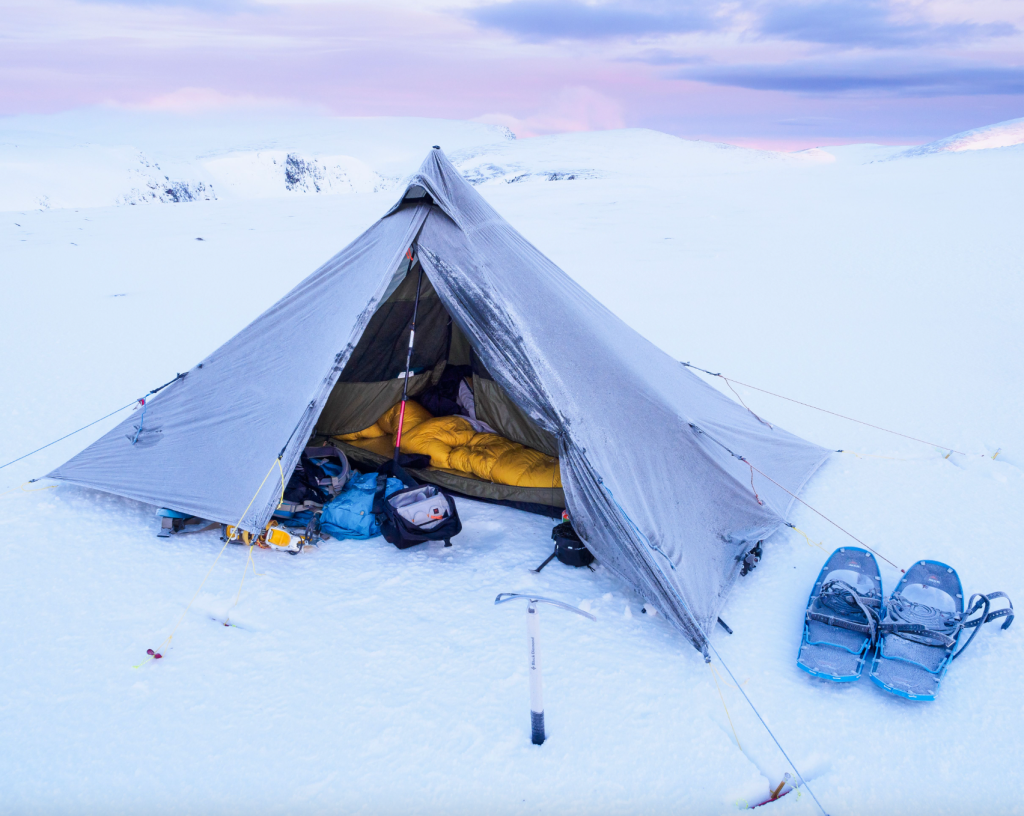
Insulation from the ground and managing moisture are key to comfortable winter camping. Credit: Alex Roddie
Closer-fitting bags are warmer, but can make you feel restricted and may not be a good choice for side-sleepers or if you toss and turn. Some people find quilts an answer, as they offer unrestricted movement and can be used in different configurations. Quilts are also lighter.
Struggling to sleep well in a quilt? Try adding a woolly hat or a buff to help reduce chilly draughts on your neck, face or head.
Pillow
Stuffsack filled with spare layers is the traditional choice – I’ve even used my food bag – but these options can be lumpy and move around, leading to a disturbed night’s sleep. Consider a lightweight inflatable pillow if this is the case.
Sleep clothing
It’s a myth that sleeping naked is warmer than wearing clothes in your sleeping bag. However, damp or dirty clothes will certainly lead to a bad night’s sleep, so I recommend dedicated sleeping clothes. Keep things simple: lightweight synthetic or merino long johns and long-sleeved base layer, plus dedicated sleeping socks.

Have a down jacket handy for early morning tasks. Credit: Alex Roddie
Keep an insulated jacket handy to put on in the morning when you wake. Wearing an insulated jacket (and even insulated trousers) in your bag can significantly boost its warmth, and combined with a lighter bag can be a versatile choice in a wider range of conditions.
Shelter
Use the right shelter for the conditions. A tent that can’t withstand high winds will keep you awake worrying in an overnight gale.
If using a modular shelter, match the correct inner to the conditions. Summer in the Highlands? Mesh is best to keep out midges. Cold and wet in autumn? A breathable nylon inner will stop draughts and condensation drips.
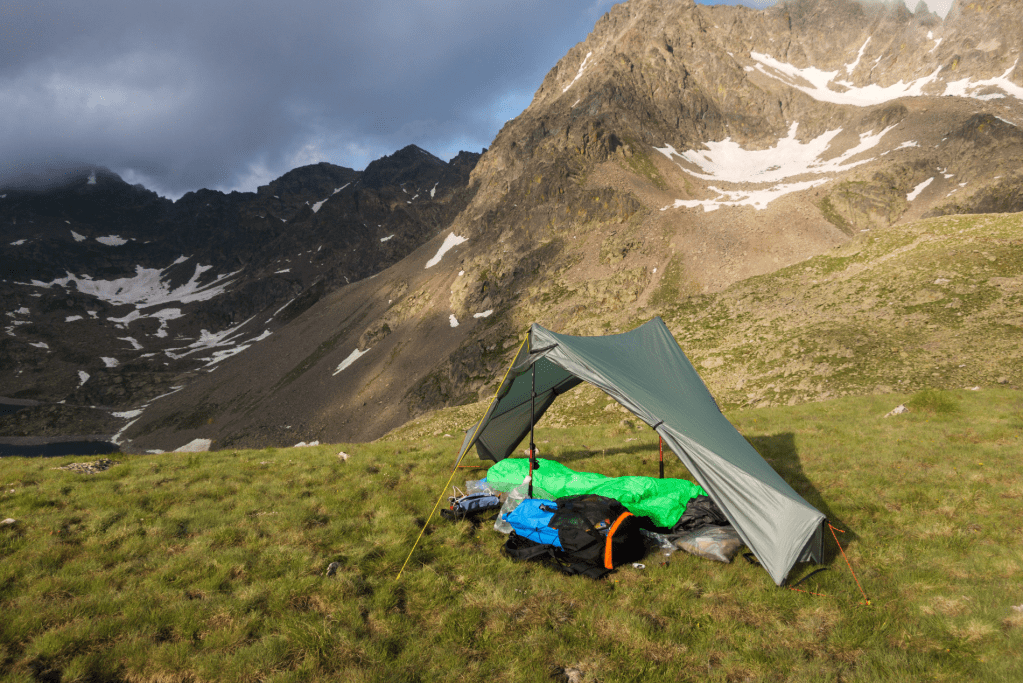
Minimalist wild camping in the Alps with a tarptent shelter and synthetic quilt. Credit: Alex Roddie
Tips and tricks in camp
1. Just because you sleep on your back at home doesn’t mean you will in a tent. I’m a side sleeper in camp, but never sleep on my side at home!
2. Go to bed warm and well fed. Insulation can’t create heat, it can only trap what your body produces.
3. Have a water bottle handy. If below freezing, pop it in your sleeping bag.
4. A hot water bottle can make a huge difference on a cold night. Nalgene bottles can be safely filled with boiling water.
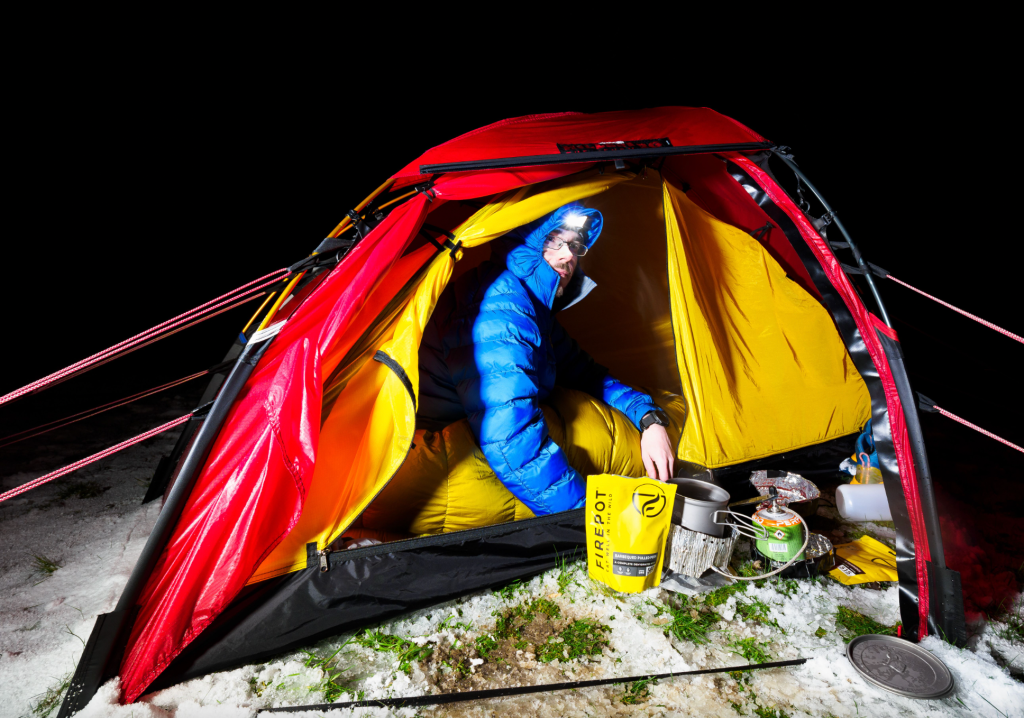
In extreme winter conditions, look for a robust free-standing tent and a warm enough sleeping bag. Credit: Alex Roddie
5. In winter, a pee bottle (combined with Shewee for women) means you don’t need to leave the tent in order to relieve yourself. Make sure it’s clearly labelled!
6. Earplugs will reduce noise on wet and windy nights.
7. Keep your camping stove at hand so that you can make a brew first thing in the morning to warm you up.
8. Select your camp spot wisely. Avoid windy cols and boggy or lumpy ground; look for a flat, well-drained spot with soft grass or moss to cushion you.
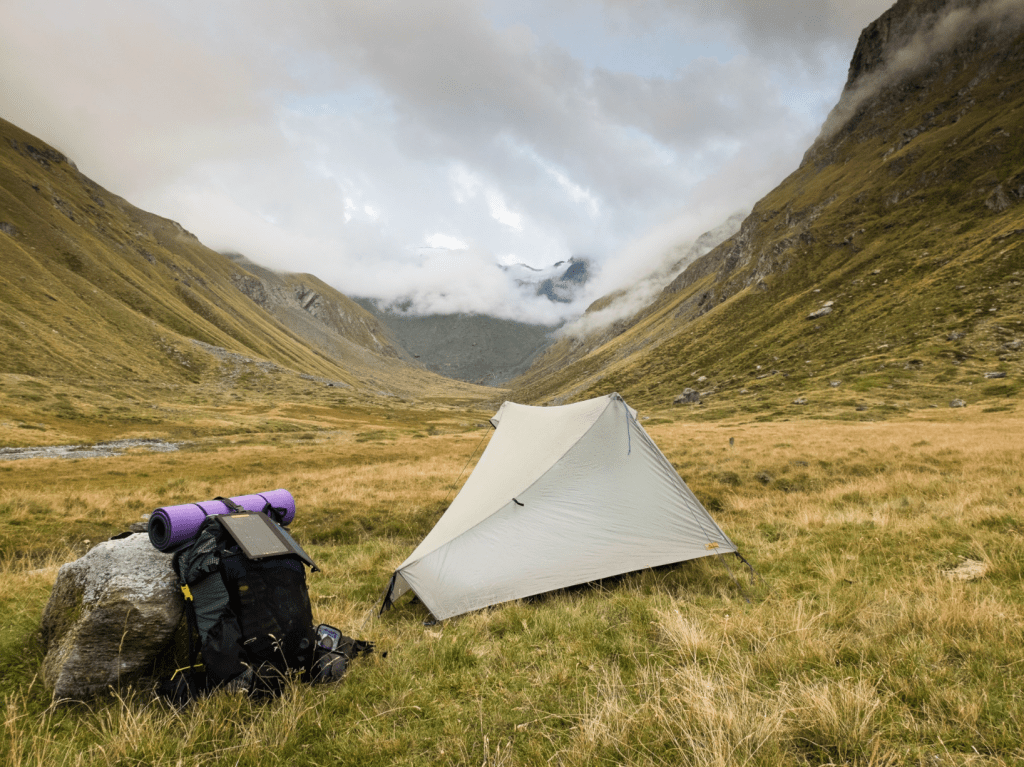
Site selection is key to a good night’s sleep. Credit: Alex Roddie
9. Carry a repair kit for your inflatable mat. Nothing will spoil a good night’s sleep like a puncture.
10. Air your sleeping bag out when you can.
11. When sharing your tent, organisation is key. And be courteous – don’t camp-spread with your stuff!
12. If camping as a couple, consider a two-person quilt for less weight and more warmth. You might also find it easier to sleep this way if you sleep in a double bed with your partner at home.
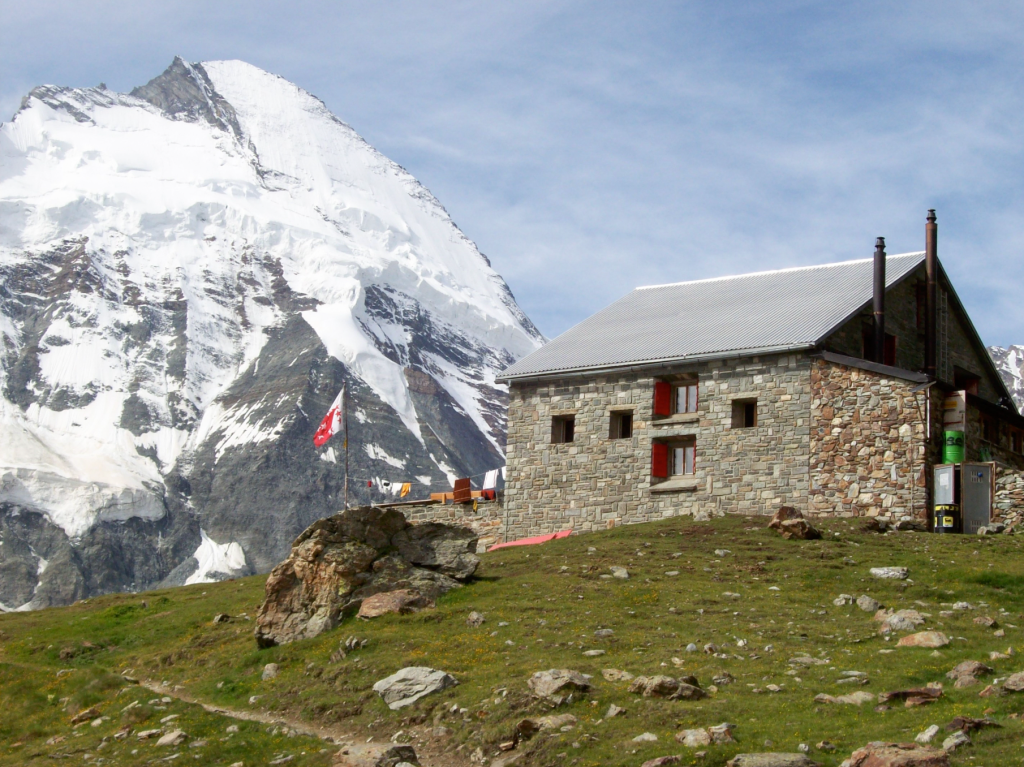
In many mountain ranges, huts offer your best chance of a good night’s sleep. Credit: Alex Roddie
How to sleep well while backpacking to bothies and alpine huts
1. Huts can be noisy places, making earplugs a must.
2. Claim your sleeping spot early. It’s harder to get a good night’s sleep on the floor than on a sleeping platform.
3. Don’t sleep too close to the fire or stove. You might overheat at first before getting cold when it dies down. There’s also a risk of sparks damaging your gear.
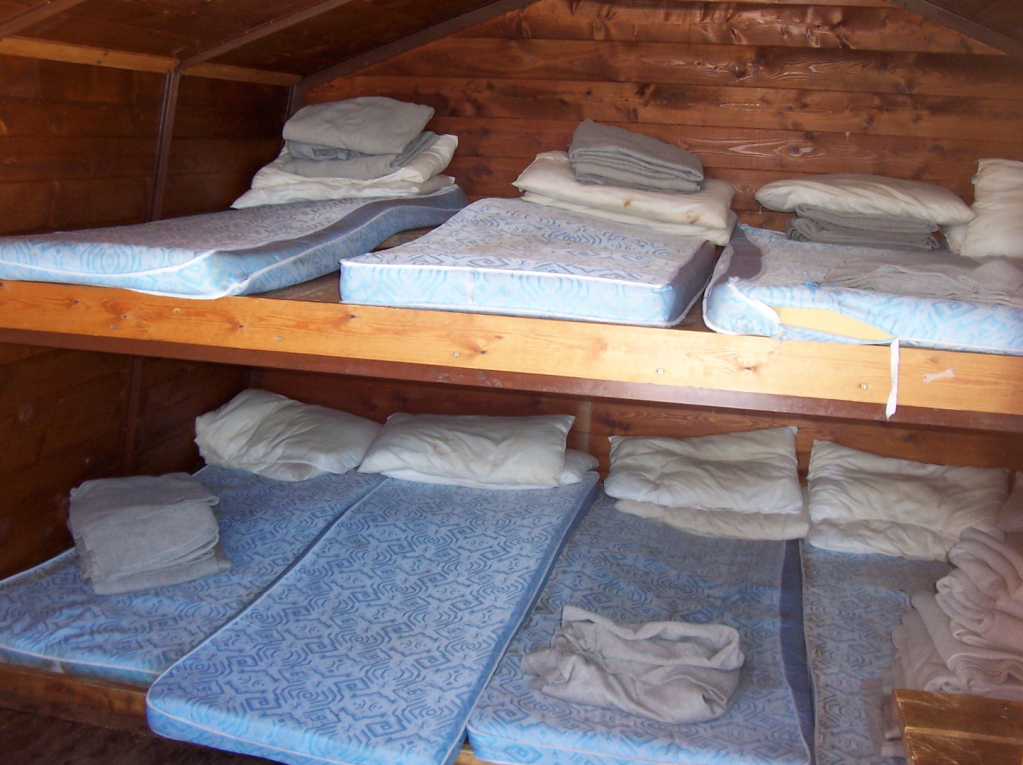
Bivouac cabins in the Alps aren_t always clean – bring a sleeping bag liner. Credit: Alex Roddie
4. Most Alpine huts will provide blankets, but require you to have your own sleeping bag liner for hygiene. They’re also recommended when staying in unstaffed cabins where provided bedding can be dirty.
Bivvying
1. There’s nothing like an open bivvy in fine conditions, but bad weather can lead to a miserable night, so plan ahead.
2. You might need more insulation than in a tent. However, bivvy bags are more prone to condensation, so take care not to overheat.
3. In rainy weather, you’ll have a better night’s sleep in a hooped bivvy with more headroom and better protection for your face.
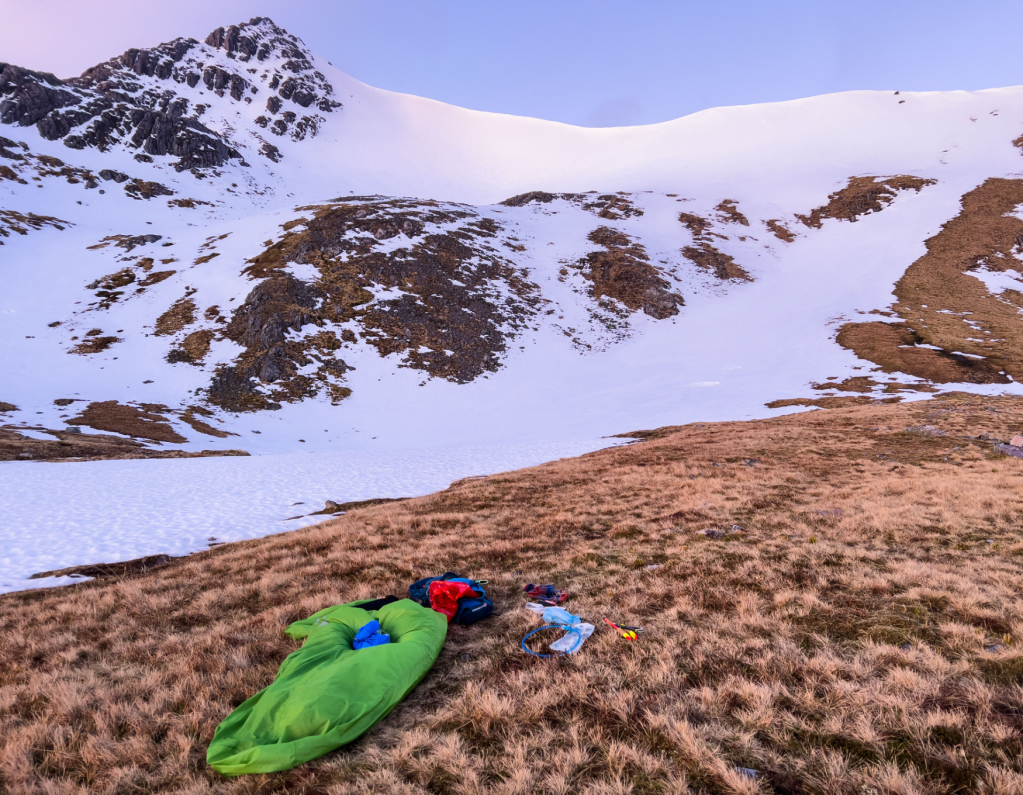
On a fine night, nothing beats an open bivvy, but pay attention to site selection. Credit: Alex Roddie
4. A lightweight tarp pairs well with a bivvy and can make a versatile setup – unless high winds or midges are expected.
5. You might find that you toss and turn more in a bivvy, or just sleep in a different position. A roomier bivvy bag will feel less restrictive.
Alex Roddie is an outdoor expert with decades of experience camping under the stars. Learn more from him including how to cook in camp and how to pitch perfectly.

